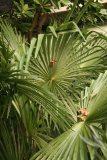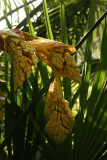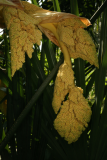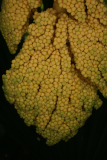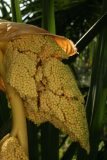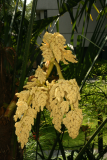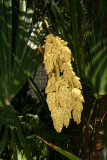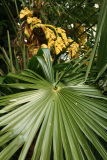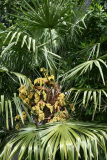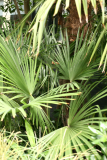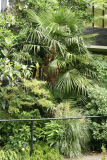Additional notes (click to expand)
Commemorative
Species name for British plant hunter Robert Fortune (1812–89), Scottish botanist and collector, in China, who smuggled 100,000 tea plants and seedlings out of China to Darjeeling, India, accompanied by Chinese tea growers, for the East India Company, and set up the Indian tea plantations. Fortune not only used the Wardian cases – watertight boxes with glass tops – for shipping plants, but also sowed seed into earth in the cases and these germinated in transit, ready for planting out on arrival (Cox, 1945).
Cox, E.H.M.. (1945). Plant Hunting in China. WM Collins & Co Ltd, London.
Introduced to Europe by Dr Philipp von Siebold in 1830
Horticulture
Chinese Windmill palm, Chusan palm, grows to 10-20 metres, found from central China through Japan, Burma into India at heights up to 2,400 metres. Introduced to Europe by the German physicians Philipp von Siebold in 1830. Smuggled into Kew by Fortune in 1849, from Chusan (now Zhoushan) Island.
Wilipedia
Other use
Fibres from the old leaf bracts used to make ropes, sacks and coarse cloth.
Wikipedia 2016
The Many Uses of Trachycarpus fortunei (Arecaceae) in China
https://www.jstor.org/stable/4254992
Trachycarpus fortunei
Family: ARECACEAEGenus: Trachycarpus
Species: fortunei
Common names: Chusan Palm
Distribution summary: N.Myanmar to C. China
Garden status: Currently grown
Garden location: Far East (L)
Reason for growing: Medicinal
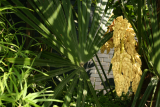
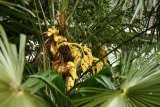
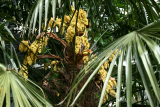
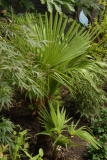
.JPG)
.JPG)
